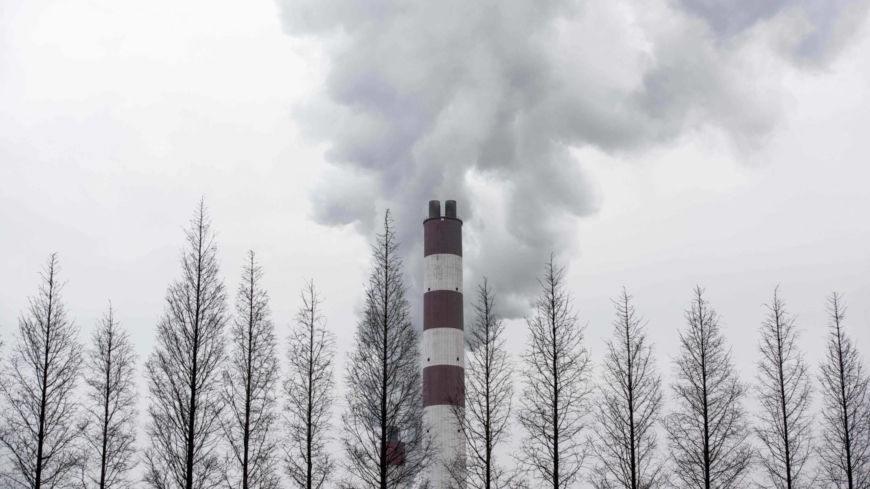[ad_1]
LONDON – China, which long targeted rapid industrial growth despite its environmental consequences, now aims to become the global leader in “low-carbon tech for a carbon-constrained world†as it unveils its new five-year plan this week, analysts say.
That shift is likely to include an accelerated pullback from its role as a major financier of new coal-fired power plants at home and abroad, Isabel Hilton, founder of China Dialogue, a nonprofit news organization, told an online event on Monday.
China is today the world’s largest emitter of planet-heating gases, responsible for about 28% of total global emissions.
Its 2021-2025 economic and social development plan is expected to reinforce a strong signal to Chinese industry to move away from fossil fuels and is likely to mean national emissions start falling within five years, predicted Li Shuo, a senior policy adviser for Greenpeace East Asia.
In a country that normally sets targets it can achieve or overachieve, major industries this year must deliver plans on how they will cut emissions in line with China’s commitment last year to become “carbon neutral†by 2060, Li said.
But shifting rapidly from a focus on dirty industry to greener tech is a challenge everywhere — and China is no exception, said Dimitri de Boer of the China office of ClientEarth, an environmental law charity.
He described a “very active tug of war†between China’s environment and energy agencies, with uncertainty about whether nearly 37 gigawatts of coal-fired power capacity approved in 2020 will still go ahead.
That, combined with the 38 GW of new coal power capacity put into operation in 2020 and other projects in the pipeline, is enough to power all of Germany, international researchers said this month.
Still, De Boer noted “promising signals†China wants to decarbonize, particularly its controversial investments overseas, with an announcement possible before the delayed COP26 U.N. climate negotiations, now set for November in Glasgow.
Bernice Lee, founding director of think tank Chatham House’s Hoffmann Center for Sustainable Resource Economy, said the increasing bad publicity China has received for financing expansion of coal power around the world is forcing a rethink.
The Chinese model for development spending abroad “is under re-evaluation,†she said, with scientists saying use of coal for energy must rapidly end to prevent the worst impacts of climate change.
In particular, many projects in the Belt and Road initiative, a Chinese-backed infrastructure development push in nearly 70 countries — including significant spending on coal plants — have received no new finance since 2019, she said.
But Andrew Norton, head of the London-based International Institute for Environment and Development (IIED), said China had yet to present a “comprehensive plan†to green its overseas investments.
Yunnan Chen, a development finance researcher at the London-based Overseas Development Institute, said the expected green shift in China’s new five-year plan, due out Friday, was driven in part by its desire to appear to be doing the right thing, both at home and abroad.
“There’s really a desire for legitimacy. That’s a constant theme,†she told a separate online event on Monday run by IIED.
Focusing on the environment is also “no longer seen as part of a Western imperialist agenda,†Sam Geall, acting head of China Dialogue, said during the same event.
China has framed its coming green push around the idea of achieving an “ecological civilization†— a term now part of the title of a major planned international biodiversity summit China is scheduled to host later this year, he said.
With strong public demand to continue battling China’s choking air pollution, some green policies also are likely to be popular at home and reduce social pressure the government sees as a threat, analysts said.
China sees ramping up green investment in things like renewable power, electric vehicles and battery storage as a chance to seize the lead in a growing global industry, they added.
As the Asian economic powerhouse tries to identify the technology of the future, it wants “to be a supplier of low-carbon tech for a carbon-constrained world,†said Hilton of China Dialogue.
“Whatever the policy is in the next three to four years, it’s not going to look at all like it did three years ago,†she added.
In a time of both misinformation and too much information, quality journalism is more crucial than ever.
By subscribing, you can help us get the story right.
[ad_2]
Source link






